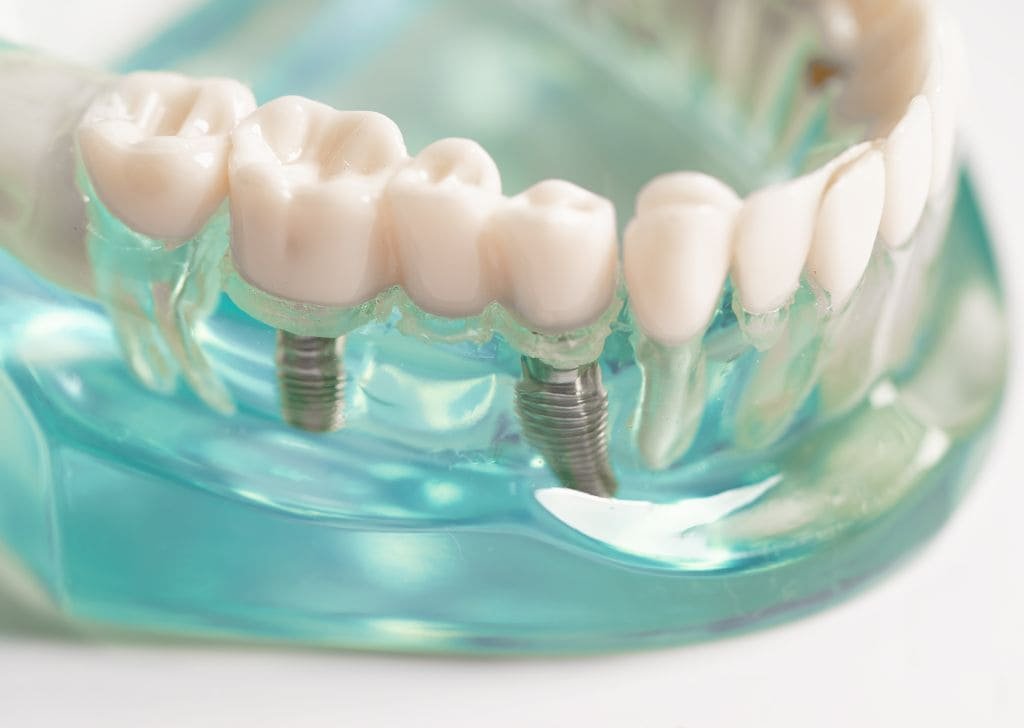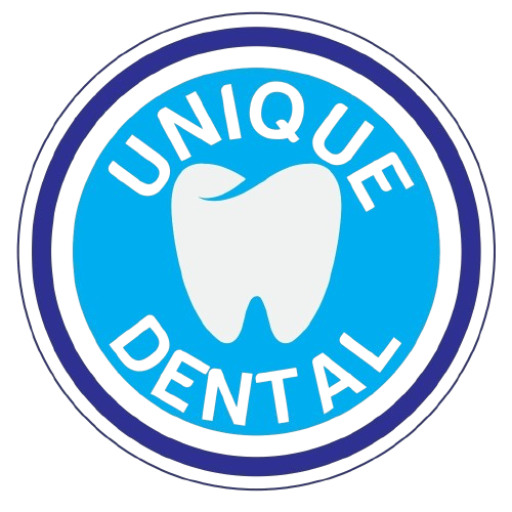Should I Get a Dental Implant or a Bridge? Let’s Compare

Should I Get a Dental Implant or a Bridge?
If you’ve lost a tooth, you’re likely already feeling the impact every time you smile, eat, or speak. But the real question is – what now? For Malaysians weighing their options, the two most common choices are a dental bridge or a dental implant. Each has its strengths, and each suits different types of patients.
Let’s break it down so you can make a choice based on facts, not guesswork.
What Happens When You Lose a Tooth?
Missing teeth do more than affect your appearance. They can lead to shifting of nearby teeth, changes in bite alignment, gum shrinkage, and even bone loss in the jaw over time. This can ultimately impact your ability to chew properly and can alter your facial structure, especially when multiple teeth are missing. That’s why timely replacement is crucial – not just for looks, but for function and long-term oral health.
Read more: How To Maintain Your New Tooth Filling.
What Is a Dental Bridge?

A dental bridge is a prosthetic device used to fill the gap created by one or more missing teeth. It is anchored to adjacent natural teeth or dental crowns and literally “bridges” the empty space.
This restoration typically consists of two crowns on either side of the gap, with a false tooth or teeth in between. Bridges are custom-made to match the shape and color of your existing teeth, giving you a natural-looking result.
Types of Dental Bridges
There are several types of dental bridges used in Malaysia, each suited for different clinical needs and oral health conditions. Your dentist will recommend the best option based on the number of missing teeth, the location of the gap, and the health of surrounding teeth.
Traditional Dental Bridge
The traditional bridge is the most commonly used type. It involves creating crowns for the teeth on either side of the missing tooth (called abutment teeth) and placing a false tooth (pontic) in between. This type requires that the adjacent teeth be healthy and strong enough to support crowns. It is effective for one or more missing teeth and offers good aesthetics and functionality.
Cantilever Dental Bridge
A cantilever bridge is used when only one adjacent tooth is available to support the restoration. Instead of being anchored on both sides, it is secured on just one. While this option is suitable for certain situations, especially near the front of the mouth, it’s less ideal for back teeth due to the increased pressure from chewing, which can lead to complications over time.
Maryland Dental Bridge
Also known as a resin-bonded bridge, the Maryland bridge uses a metal or porcelain framework bonded to the back of the adjacent teeth, without the need to crown them. It’s a more conservative option that preserves the natural structure of neighbouring teeth. However, it’s best suited for front teeth, where bite force is lower, as it may not withstand the same pressure as traditional bridges.
Implant-Supported Bridge
Instead of being supported by natural teeth, this bridge is anchored to dental implants placed in the jawbone. It is typically used when multiple teeth are missing in a row and there are no suitable natural teeth to support a bridge. Implant-supported bridges offer excellent stability and preserve jawbone health, making them one of the most durable options available.
When Do I Need a Dental Bridge?
A bridge may be ideal when the teeth on either side of the missing tooth are strong enough to support crowns. If you’re not eligible for an implant due to health or bone loss issues, a bridge can still restore function and aesthetics. Bridges are also a good option if you’re looking for a solution with a relatively short treatment timeline.
What Is a Dental Implant?

Dental implants are titanium posts surgically placed into the jawbone to act as artificial roots. Once the implant integrates with your bone – a process called osseointegration – a crown is placed on top to complete the restoration.
Unlike bridges, implants do not rely on neighboring teeth for support, making them a standalone and more biologically conservative solution. According to a study published in the International Journal of Implant Dentistry, dental implants have high long-term success rates, often exceeding 90% after 10 years.
Types of Dental Implants
Dental implants aren’t one-size-fits-all. Different types are available depending on your jawbone condition, the number of teeth missing, and your overall dental health. Here are the main types offered in modern implant dentistry.
Endosteal Implants
Endosteal implants are the most commonly used type. They involve surgically placing a titanium screw directly into the jawbone, which acts as an artificial root. After healing, a crown is placed on top. This type is ideal for patients with a healthy, strong jawbone and is known for its long-term stability and natural feel.
Subperiosteal Implants
Instead of being placed into the jawbone, subperiosteal implants sit on top of the bone but underneath the gum tissue. A metal frame is used to support the artificial tooth. These are typically recommended for patients who don’t have enough bone density and can’t or don’t want to undergo bone grafting.
Zygomatic Implants
Zygomatic implants are a specialised type of implant used in cases of extreme bone loss in the upper jaw. Instead of being anchored in the jawbone, they are placed in the zygomatic (cheek) bone. This is a complex procedure usually reserved for patients who aren’t eligible for traditional implants and require a full upper arch reconstruction.
All-on-4 Implants
The All-on-4 technique is used to replace an entire arch of teeth using just four strategically placed implants. This is an efficient option for patients with multiple missing teeth or those transitioning from dentures. It provides a fixed, full-mouth restoration with fewer implants and reduced recovery time.
When Do I Need a Dental Implant?
Dental implants are a strong option for patients who want a long-term solution and have sufficient jawbone to support the implant. They’re often recommended if you’ve lost a tooth recently or have multiple gaps to fill. If you want to preserve bone health and restore full bite function, implants offer the closest experience to having your natural teeth back.
Dental Bridge vs Dental Implant – What’s the Difference?

Now let’s compare the two options based on what really matters to patients.
Appearance and Aesthetics
Both bridges and implants can be crafted to blend seamlessly with your natural teeth. However, implants are often considered more lifelike because they emerge from the gumline just like natural teeth. They also don’t require reshaping adjacent teeth, which helps preserve your existing smile.
Procedure Timeline
Getting a bridge usually requires two dental visits spaced over one or two weeks. An implant, on the other hand, involves a longer process. After placing the implant post, it takes several months for the bone to fuse with the implant before the crown is added.
So if you need a fast fix, a bridge might be more suitable. But if you’re playing the long game, implants are worth the wait.
Longevity and Durability
Dental bridges generally last 5 to 10 years, depending on how well they are cared for. Implants, by contrast, can last 15 years or longer with proper hygiene and regular dental visits. In many cases, implants have lasted patients a lifetime with minimal issues.
Bone Health and Jaw Support
One major benefit of dental implants is that they help preserve your jawbone. The implant post stimulates the bone during chewing, which helps prevent bone loss. Bridges don’t provide this stimulation, so the underlying bone may gradually shrink, affecting the shape of your face over time.
Maintenance and Cleaning
Bridges require more attention during daily cleaning. You’ll need special floss threaders or interdental brushes to clean underneath the bridge where food and plaque can get trapped. Implants, on the other hand, can be brushed and flossed just like natural teeth, making oral hygiene more straightforward.
Are Dental Bridges Good?
Dental bridges are a tried-and-tested solution that has helped thousands of patients regain their ability to chew and smile with confidence. They’re effective for short to medium-term restoration and can offer excellent cosmetic results. However, they do require the alteration of healthy teeth and tend to have a shorter lifespan than implants.
Why Choose Dental Implants Instead?

If you’re looking for a long-term, low-maintenance solution that supports your overall oral health, dental implants are often the better choice. They mimic the function of natural teeth, maintain jawbone density, and don’t compromise surrounding teeth. The initial process takes longer, but the payoff in terms of comfort, longevity, and aesthetics is worth it for many patients.
Dental Bridge vs Implant Comparison Table
Feature | Dental Bridge | Dental Implant |
Appearance | Natural-looking, but involves adjacent teeth | Most natural look, standalone |
Procedure Time | Short (1–2 weeks) | Long (3–6 months) |
Lifespan | 5–10 years | 15+ years |
Bone Preservation | No, bone may shrink | Yes, maintains bone health |
Cleaning Routine | Requires special tools | Same as natural teeth |
Impact on Other Teeth | Affects neighbouring teeth | No impact on other teeth |
Ideal For | Short-term replacement, quick fix | Long-term durability and function |
Final Thoughts – Talk to Your Dentist For A Personalised Treatment

Every patient’s mouth is different. The right solution for someone else may not be the best fit for you. That’s why a proper dental assessment is critical. Your dentist will examine your oral health, bone structure, and overall goals before recommending the most appropriate treatment.
At Unique Dental Clinic Kota Kinabalu, we offer comprehensive evaluations and honest guidance. Whether you’re considering a dental bridge or an implant, we’ll help you make the choice that’s right for your smile—now and in the years to come.
Why Choose Unique Dental Clinic for Tooth Filling?
At Unique Dental Clinic Kota Kinabalu, we combine expertise with modern technology to ensure safe and effective tooth filling treatments. Here’s why patients trust us:
Experienced Dentists
Skilled in managing complex cases with precision.
State-of-the-Art Equipment
Ensures accurate diagnosis and efficient treatment.
Personalized Care
Tailored treatment plans to suit individual needs.
Comfort-Focused Approach
Painless procedures in a relaxing environment

Ready to restore your smile?
If you’re experiencing tooth pain or sensitivity, don’t wait! Schedule a consultation at Unique Dental Clinic Kota Kinabalu today. Our expert team is here to provide pain-free, effective treatments to restore your smile and confidence.
Share:
More Posts
Request An Appoinment
017-866 9188
Email : uniquedentalclinickk@gmail.com
